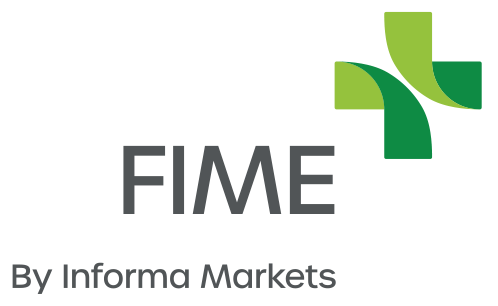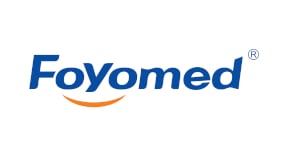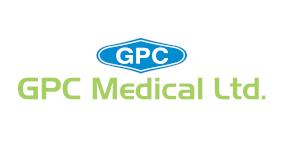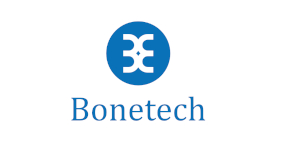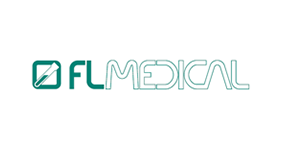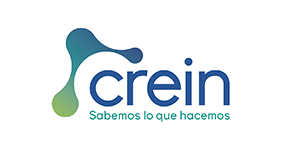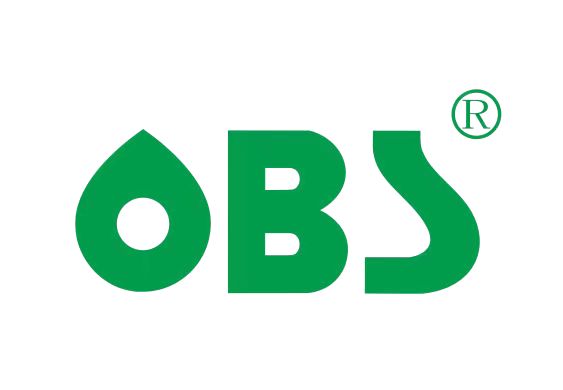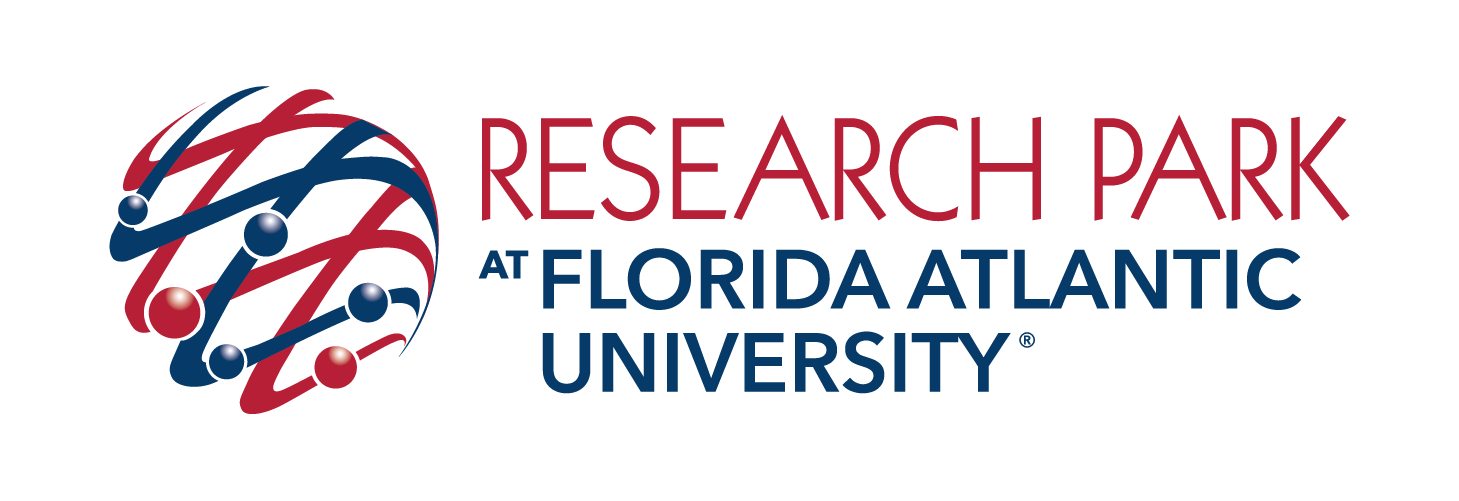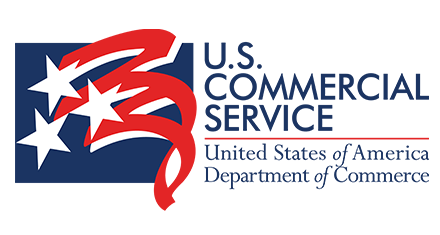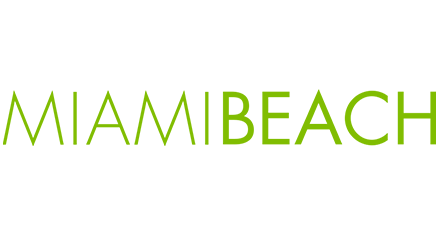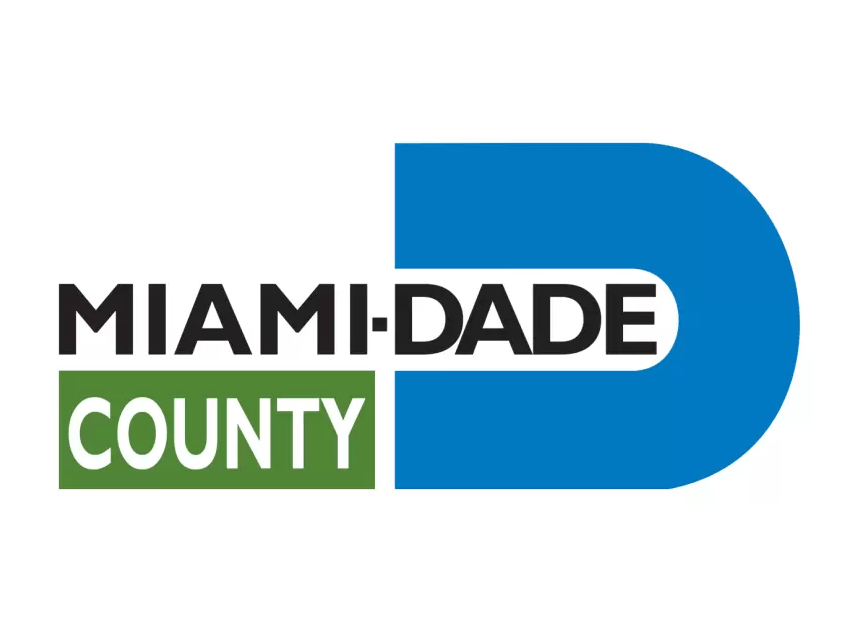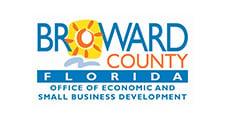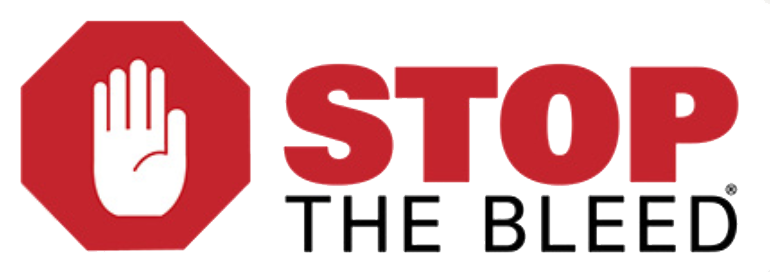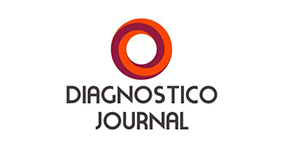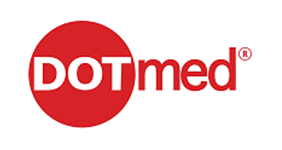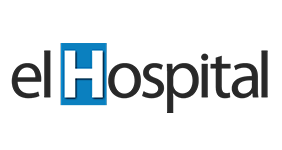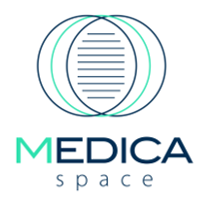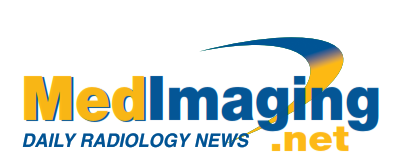2019 Healthcare market insights in Latin and North Americas
Healthcare spending
According to BMI Research, healthcare spending in the US will continue to account for a disproportionately large percentage of its GDP. Currently, the US spends 17.8% of GDP - this is the highest percentage in the world. The global average is just 6.8%. Nearly half of healthcare spending in the US takes place in hospitals, clinics and other facilities such as residential care homes, according to data from the Centers for Medicare & Medicaid Services (CMS). Another quarter of expenditure is on personnel and the next largest areas of spending are pharmaceuticals, health insurance and government administration and activities.
Economic burden of disease
The economic burden of disease in the US is considerable and unmatched globally. Direct and indirect costs of the most prevalent conditions exceed the entire GDP of many countries. In the US, the burden of non-communicable diseases is increasing, while the burden of communicable diseases is decreasing, according to BMI's Disease Database.
Between 2014 and 2030, the number of disability-adjusted life years (DALYs) lost to non-communicable diseases will rise by 8%,, while the number of DALYs lost to communicable diseases will drop by 18% . Non-communicable diseases account for 95% of the total disease burden.
According to the International Diabetes Federation (IDF), 11.4% of the US population has diabetes and approximately a quarter of this patient group are undiagnosed. Meanwhile, the number of new cases of cancer in the US is forecast to increase from 1.6mn in 2012 to 2.1mn in 2025, according to Globocan.
Based on the 2011 National Health Interview Survey (NHIS) sample, it was estimated that 39.5mn Americans, or 129.1 individuals per 1,000 population, had been diagnosed with asthma by a health professional within their lifetime. Asthma costs the US more than USD30bn every year.
Pharmaceuticals
BMI Research has revealed that the US pharmaceutical market presents strong commercial opportunities across multiple sub-sectors, therapy areas and product categories. Total pharmaceutical sales in 2017 reached USD 373 bn, which was more than three times the size of the next largest market (Japan: USD 95 bn).
Clinical trials
The US clinical trial sector will continue to grow slowly. More late-stage studies are being conducted in emerging markets, where costs are lower and recruitment is increasingly swifter. The total number of clinical trials in the US increased from 4,279 in 2013 to 4,358 in 2016, representing a rise of 1.8%.
